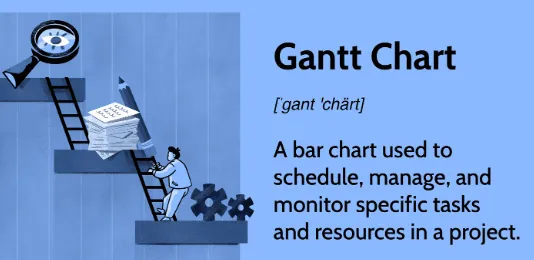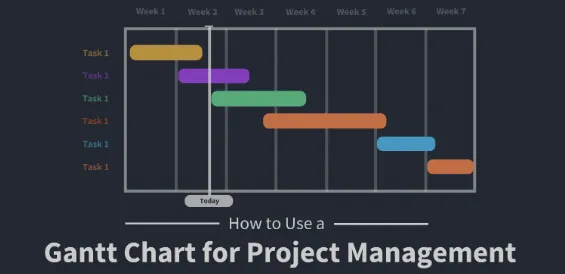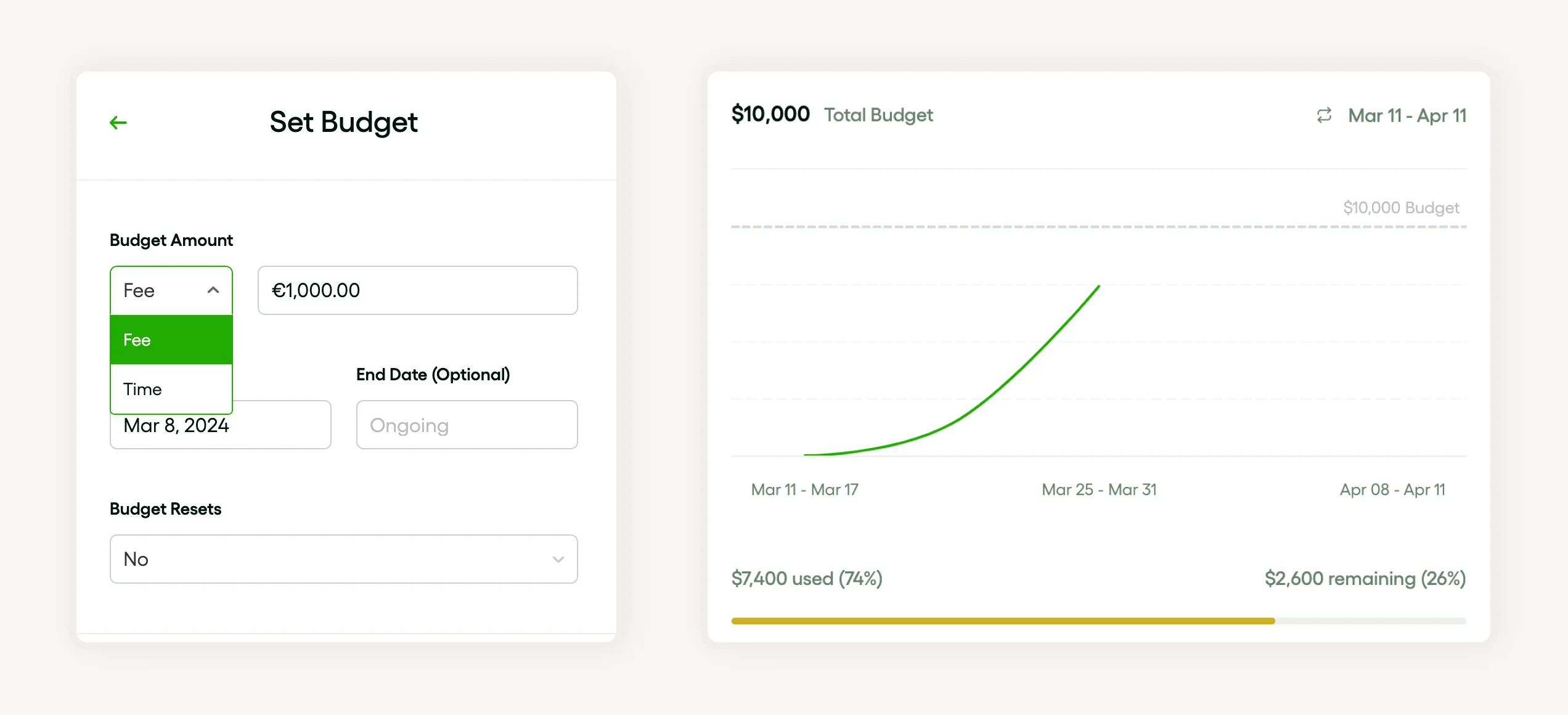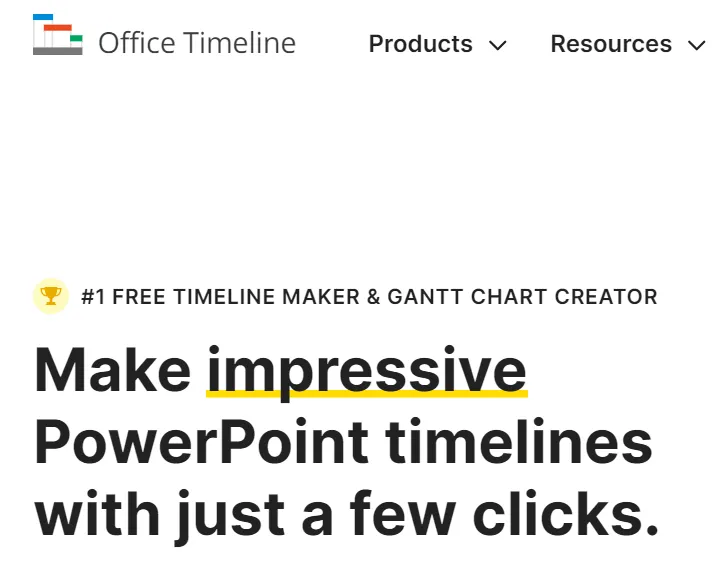It's well known that creating a Gantt chart in PowerPoint involves the following things:
- Selection of the Gantt chart type
- Utilizing a chart template or the Gantt Chart Wizard
- Customization of the chart as per the project details.
Inarguably, it is vital in:-
- Project planning
- Depiction of timelines
- Start & end dates
- Duration of tasks
- Oroject's progress effectively
It's well known that to import this chart, one needs to enter project tasks and their corresponding timelines. The notable thing about this is the Gantt chart generated can visually demonstrate project progress right from initiation. It’s just fascinating how this chart can be easily understood and interpreted!
Introduction to Gantt Charts
It's no secret that a Gantt Chart is a popular project planning tool that visually illustrates your project tasks. The remarkable aspect is this chart type provides an efficient way to track the project's progress along with clarifying the project details.
Generally, users can create this Chart using Gantt Chart Wizard or import the chart from different sources. One can even opt for a Gantt chart template to expedite the process!
What is a Gantt Chart?
Notably, it is a popular project planning tool utilized to visualize project tasks along with their start dates, end dates, along with the duration of tasks on timelines. The key takeaway is it offers a comprehensive view of the ongoing project's progress.

Commonly, this chart template can be customized using the Gantt Chart Wizard to reflect project details more accurately.
The importance of Gantt Charts in project management
One thing is for sure: In project management, these charts play a pivotal role in illustrating the project's progress– from start dates to end dates covering all project tasks. The notable thing about this chart type is it helps in project planning by visually displaying the timelines and task duration. As a consequence, this assists in assessing the project's pace and identifying any potential lags.

The importance of Bonsai in project management

As a comprehensive tool, Bonsai simplifies the intricate process of creating, managing, and tracking project budgets, which is a cornerstone of successful project delivery. Bonsai's budget tracking capabilities are instrumental in maintaining financial control throughout the project lifecycle. It serves as a strategic partner in project management, where budget setup is concerned.
Creating a Gantt Chart in PowerPoint
Note that the creation of this Chart in PowerPoint begins with choosing a chart template. The amazing thing about this process is it becomes swift with the help of the Gantt Chart Wizard that guides you through each step. Interestingly, you'll need to input your project details such as project tasks.

It’s worth noting that once you have filled the template, customize the chart to suit your presentation needs. Depending on the chart type you choose, you may be able to visually depict your project's progress for better project planning!
Understanding PowerPoint's interface
It's an undeniable truth that PowerPoint's interface allows you to create this Chart, providing an effective visual tool for project planning. The best thing about this is you can easily track the project's progress.
It's worth noting that to further save time, import this chart crafted elsewhere or use a Gantt chart template available in PowerPoint.
The beneficial aspect is PowerPoint enables the visual representation of your project tasks, timelines, and progress– enhancing communication and comprehension of the project's intricacies. Usually, you can also adjust the chart type to suit the complexity of your project and the level of detail you wish to express.
Step-by-step guide to creating a Gantt Chart
It's significant to note that to create this chart, first, you will need to outline your project tasks, start dates, and end dates.
The noteworthy element here is you may want to use a template for a head start in your project planning.
Commonly, once all project details are clearly defined, it's time to customize the chart either manually or using a Gantt Chart Wizard. What’s obvious is it's easy to visualize timelines and task duration with this type of chart.
Continually update it to reflect your project's progress accurately.
Utilizing built-in PowerPoint tools for Gantt Charts
Surprisingly, PowerPoint provides a series of built-in tools to create Gantt Chart for project planning, tracking timelines, etc. Mainly, one of the most useful features is the Gantt Chart Wizard, a user-friendly tool that assists you in generating a customized chart.
It's interesting to point out that this chart template in PowerPoint is fully customizable. It’s just astounding how this allows users to edit colors, text, and scales to match their specific project needs.
Moreover, users can also easily import a Gantt chart created from other platforms to PowerPoint for further modifications.
Using PowerPoint's Chart tools
There is no doubt that using PowerPoint's Chart Tools, you can create these Charts to effectively track project details and planning.
What’s notable is creating this Chart with the Gantt Chart Wizard is intuitive as it allows for the importation and customization of charts; which details the following things:-
- Task duration
- Start, and end dates
Typically, this process is straightforward and user-friendly.
One thing is proven: Visualizing timelines makes monitoring a project's progress incredibly straightforward. The key takeaway is– “PowerPoint's chart tools offer a variety of chart types to suit specific requirements, not limited to just Gantt chart templates.”
Generally, from delineating project progress to seamlessly modifying project details; it’s just staggering how PowerPoint's Chart Tools serve as a reliable tool in project planning!
Customizing your Gantt Chart with PowerPoint's design tools
PowerPoint's design tools allow full customization of your Chart to best meet your project's needs. What’s impressive is you can utilize the Gantt Chart Wizard to create and input project tasks, as well as track progress. Interestingly, you also have the option to import a pre-existing Chart.
There is no doubt that selecting the right chart type is crucial. Plus, you can choose from a variety of templates, including the Gantt chart template. You can add project details such as task duration, timelines, etc. Undoubtedly, the customization of your chart is an effective way to visualize and track progress.
Advanced Gantt Chart techniques in PowerPoint
It’s a fact that creating an advanced Gantt Chart in PowerPoint involves several steps, which can be managed using the Chart Wizard. Usually, you can also import these Charts from other platforms, but it may require some adjustments to fit your presentation's style.
Remember to select the correct chart type for showcasing your project's progress effectively.
Adding milestones and deadlines to your Gantt Chart
It's no secret that a crucial step in effectively managing your project is adding milestones and deadlines to the chart. The beneficial aspect about Gantt Chart Wizard is it facilitates the customization of charts to display project tasks along with their start and end dates. Commonly, this visual aid helps in tracking timelines, task duration, and more.
Also, the chart type can be chosen from a range of chart templates, where you can import a Gantt chart containing pre-set tasks and deadlines. What’s obvious is project details can be continually adjusted as per project planning requirements.
Tracking progress with Gantt Charts in PowerPoint
One thing is for certain: This Chart in PowerPoint serves as an excellent tool for project planning and tracking. Mostly, these charts provide an intuitive visual representation of your entire project timeline. This makes following the project's progress as easy as pie!
Third-party tools for creating Gantt Charts in PowerPoint
Interestingly, creating these Charts in PowerPoint is simplified with the help of third-party tools. The noteworthy element about these tools is that they use a Gantt Chart Wizard to guide you through the process. What’s amazing is this allows for the creation of these Charts by simply adding the following 3 things:-
- Project tasks
- Start dates
- End dates
Moreover, they offer easy customization options to suit your preferences. Some of these tools give users the option to import a chart from another source too.
Office timeline
It's indisputable that Office Timeline provides a seamless way to create a Gantt Chart for efficient project planning. The essential detail about this tool is it includes a Chart Wizard that helps personalize the chart type by customizing start dates, end dates, and more.

Interestingly, this tool makes it simple to illustrate project tasks and track project progress. What’s amazing about this tool is you can easily import a Gantt chart and work on an existing project. It’s noteworthy to mention that the tool comes with this chart template which you can use to suit your project details and showcase your project progress. As a result, tracking timelines becomes much less complicated.
GanttPRO
With GanttPRO you can easily create a Gantt Chart to streamline project planning. Gantt Chart Wizard allows for the importation and full customization of charts, detailing project tasks, and start and end dates.

Inarguably, choosing the right chart template and adjusting the chart type plays a vital role in visualizing your project's progress.
What’s interesting is that the GanttPRO tool offers clarity on timelines and other project details. The cool thing about doing this is it ensures the team understands the project's progress at a glance!
Best practices for Gantt Charts in PowerPoint
Creating a chart in PowerPoint can be a vital tool for project planning. One can start by selecting a Gantt chart template, then customize it using the Chart Wizard to include project details.
It’s significant to point out that timelines should be clearly defined to track the project's progress accurately. The crucial point is that importing a Gantt chart can save time, but it’s essential to update the project tasks as well as progress regularly for real-time monitoring.
Keeping your Gantt Chart simple and clean
Creating this Chart helps in efficient project planning by visually representing timelines, task duration, and project progress.
The fascinating aspect is that the Gantt Chart Wizard allows for customization according to project details, including the start and end dates of tasks. Please keep the chart clean and simple, showing only necessary details. There is no doubt that importing a chart template can further ease the process and maintain consistency.
Remember, the key is to track the project's progress regularly.
Updating your Gantt Chart regularly
Staying on top of your project's progress is essential, and regularly updating your Gantt Chart can help! So, use a Gantt Chart Wizard to create or import a chart template, then customize it to show start dates, end dates, project tasks, etc.
Keeping things updated by tracking your project progress, adjusting timelines, and preserving accurate project details is essential.
What’s interesting is that this proactive approach to project planning makes it easier to identify potential challenges and adjust schedules accordingly. A Gantt chart should not remain static but should change as your project's progress evolves.
Common challenges and solutions when creating Gantt Charts in PowerPoint
One common challenge when creating a Gantt chart in PowerPoint is manually inputting project tasks, start dates, etc. The worrying part is it can be time-consuming and prone to errors. Generally, to overcome this, one can use a Gantt Chart Wizard or import this chart from specialized project planning software.
Another issue is the limited customization options for the chart type provided in PowerPoint. To resolve this, opt for a special Gantt chart template. The obvious thing is that tracking the project's progress may not be very visual or straightforward in a standard PowerPoint layout.
So, additional shapes and colors can be applied to indicate task duration and ongoing progress.
Dealing with complex projects
Managing complex projects involves precise project planning, including defining tasks, mapping out timelines, etc.
The remarkable aspect is that tools like a Gantt Chart Wizard makes this process a piece of cake! Import this chart from a pre-existing template, customize it to suit your requirements, and reflect the project's progress. That’s it! It’s worth noting that these charts also offer a visual representation of project details.
Managing multiple projects on one Gantt Chart
Managing multiple projects on one Chart becomes a walk in the park with the Gantt Chart Wizard! What’s beneficial is that you can create this Chart that visually represents project tasks, timelines, and task duration.
Customize the chart by importing a template to suit your project requirements. By entering project details onto the chart, you can monitor progress effectively. There is no denying that choosing the correct chart type is crucial for a clear visual understanding of your multiple projects.
Conclusion
One thing has been proven: Creating a Gantt Chart provides an effective visual representation of project tasks and their timelines.
The enlightening part is that the Gantt Chart Wizard assists in customizing the chart according to project progress and details. It’s surprising how importing these chart’s templates can simplify project planning!
To add on, this chart can effectively display start dates, end dates, task duration, and more. As a result, it becomes an essential tool for managing timelines in project management.





